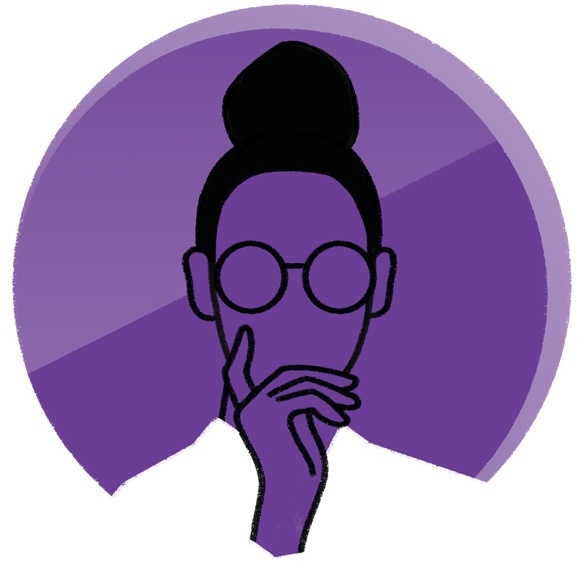 The Insightful Leader
Sent to subscribers on May 21, 2025
The Insightful Leader
Sent to subscribers on May 21, 2025
When businesses combine, culture tends to get the short end of the stick.
But failing to understand how the “new guys” work and relate to each other can actually be enough to tank a merger, acquisition, or any kind of business expansion, says Kellogg’s Cynthia Wang.
This week: How can leaders anticipate and work through culture clashes that may arise from these integrations? Plus, preparing future generations for the age of AI.
Fuyao Glass: an expansion plan with cracks
When Chinese manufacturer Fuyao Glass opened a plant in Moraine, Ohio, it hadn’t anticipated that its newly hired American workforce would be less productive than its Chinese workers.
That’s partially because the company made a classic mistake, says Wang, a clinical professor of management and organizations. It forgot to consider the culture of its new workforce—specifically, that it expected some degree of work–life balance.
“We tend to expect people to think like us. We tend to expect people to have the same perspective as us. But, particularly in these cross-cultural interactions, we don’t get that,” Wang says.
Culture can refer to any of the values, beliefs, attitudes, or behaviors shared by a group of people. At work, that can mean norms around work–life balance, self-expression, and management style. Misunderstanding those norms can create problems.
Had Fuyao understood the culture of its new workforce, it wouldn’t have set such lofty output expectations. Prior to Fuyao, many of the Americans worked for General Motors, where they were accustomed to shorter shifts, and weekends and holidays off.
In China, however, Fuyao’s employees worked 12-hour shifts with only one to two days off per month. It would have been extremely difficult for the new plant to produce the same output without forcing them to work longer hours. And the Americans weren’t willing to do that.
“These are things that you need to think about, because if you don’t, what happens? People get offended. Because they’re looking at their own culture. They’re saying, ‘this is not appropriate.’ And then there’s that clash that occurs. That’s not an easy process, but if you imagine it, if you do it early on, then it’s not going to be as painful as the disappointment of not meeting that expectation,” Wang says.
Read—or listen to—more in Kellogg Insight.
Preparing future generations for an uncertain future
What will a viable career path look like in the future? AI is making that harder to predict.
In the absence of a crystal ball, Kellogg’s Mohanbir Sawhney writes that we should instead ask ourselves what types of knowledge will position us for success more generally and then guide the next generation toward that.
Knowledge in STEM fields, for instance, can help people foster a better understanding of the technology with which they’ll be working, while the humanities can provide people with insight into empathy and wisdom. Communication can teach people how to write, speak, collaborate, and listen—skills they’ll need to collaborate with their digital coworkers.
“AI will threaten many jobs and career paths,” Sawhney writes. “But it will also create exciting opportunities. One prediction I can make with certainty—when change accelerates, the gap between those who adapt and those who don’t will continue to grow.”
You can read more on LinkedIn.
“China is no longer a bargain bin of compounds but has transformed itself into a source of potential best-in-class.”
— Craig Garthwaite, on LinkedIn, on Pfizer’s purchase of a Chinese biopharma product and what the deal reveals about the state of global partnerships.